Pokhara’s Tashi Palkhel Tibetan Refugee Camp
Finding a Home in Nepal
Although you are only roughly 5km outside of Pokhara, you will feel as if you are stepping into a whole new world when visiting the Tashi Palkhel Tibetan Refugee Camp. When attempting to use whatever Nepali you may have picked up on the road while traveling, the locals of the camp will remind you proudly that they are Tibetan, not Nepali. Each of the 4 camps situated around Pokhara is little bubbles preserving the language a culture brought over from their homeland. As soon as you step through the gates of one of these settlements, you might as well be entering a new country altogether.
To get to the Tashi Palkhel Tibetan Refugee Camp, you will first have to hop on a micro (white mini-van) from an intersection called Zero. For 20 NPR (0.18 USD) the micro will take you to the edge of the city known as Hari Chowk. At this next stop, you will then transfer to one of the larger buses to a neighborhood called Hemja. The fare to get to Tashi Palkhel Tibetan Refugee Camp is only 15 NPR (0.13 USD) from Hemja. The total amount of time to get from Lakeside to the settlement should only take less than an hour depending on how quickly the buses fill up.
Waning to check out another monastery near Tahi Palkhel? Be sure to visit Pema Ts’al Sakya Institute!
Entering Tashi Palkhel Tibetan Refugee Camp
From the second you hop off the bus you should be able to see the prayer flags fluttering in the wind and the large signs advertising several Tibetan restaurants lining the streets. As you begin to make your way into the settlement you will find many locals happy to see a foreign face and greet you with a warm “Tashi Delek”. Unfortunately, you will also find just as many who don’t see a person, but rather a walking money bag entering their community.
Ever since the Tibetans first settled this refugee camp in Pokhara in 1962, the residents of Tashi Palkhel have been dependent on foreign aid to survive. The only way for many of the people to earn a little extra money is through their carpet weaving and selling of small trinkets. Even if you decide to buy a small souvenir from one of the hawkers posted in the heart of the community, the other sellers will then pester you to buy something from their stall as well claiming that they are from different families.
While supporting the people of Tashi Palkhel is important, a lot has changed since 1962. Many of the elderly folks who inhabit this village know nothing other than selling their wares to tourists. The younger generation, however, has things much better off. Many have stable jobs that they are able to support their families.
If you are looking for an easy way to get to Sarangkot, you can read on how to take the bus here!
Jangchub Choeling Monastery
No matter which of the Tibetan Refugee Camps in Pokhara you visit, you will always find that in the heart of the community is a monastery. It is impossible to talk about Tibetan culture without talking about religion. Many of the elderly people of the community can be found sitting on the street corner or in front of their houses spinning a prayer wheel or thumbing through their prayer beads. It is no wonder that Jangchub Choeling Monastery is a focal point for the lives of the resident Tibetans.
Home to roughly 200 monks coming from various castes and backgrounds, Jangchub Choeling Monastery represents the mix of cultures and unity of people that Buddhism promotes throughout the world. Although you will find dozens of monasteries throughout Pokhara, Jangchub Choeling offers some of the most breathtaking views of Annapurna from its courtyard. What really makes the temple stand apart is its very own coffee shop staffed entirely by resident monks.
Pokhara is home to many Buddhist Monasteries. You can find a complete guide to the Buddhist gumbas in Pokhara here!
Getting In Touch With Tibetan Culture
Since Tibetan is such a difficult and expensive region of China to visit, one of the best ways to get a candid and more intimate look at their culture is by visiting Tashi Palkhel in Pokhara. On any day that you happen to make a day trip to the settlement, you will find several ways to mix with the locals and hear some of their stories. At Jangchub Choeling’s coffee shops you will often find monks lounging around, chatting while sipping on their lattes. But if you are looking to talk to some of the residents of Tashi Palkhel, there is no better place than simply pulling up a chair at one of the restaurants or tea shops.
If you are really wanting to see Tibetan culture come alive you will have to plan your trip to coincide with Lhosar, a holiday more commonly known as Tibetan New Year. Every year Lhosar is held in either January or February, the dates depend on the lunar calendar. During this week-long festival, you will see elaborate dresses, lively dances, and hundreds of monks joined together in prayer.
One of the most overlooked monasteries in Pokhara is Nayah Gayur Sannagh Chhyoeling. You can read more about it here!
The Tibetans of Tashi Palkhel
Although the aggressive hawkers in the stalls may rub you the wrong way, they do not represent the entire community of Tashi Palkhel. Many of the locals of the community will welcome you with open arms and will jump at the opportunity to show you hospitality. Several times throughout the year, the refugee community will host several picnics. Bringing together all the neighbors in the settlement, the local Tibetans will join together to share food, stories, and play games with their friends and family,
Scooting over on the cushions, some of the welcoming elderly Tibetan women will motion for you to plop yourself down on one of the mattresses and join them in a game of cards. Even if you are unable to pick up their game the locals will be more than happy with just your presence. Some of these women’s English is also incredibly good. They will begin to reminisce of their childhood, crossing the unforgiving Himilayas to their new home in Pokhara. Despite the tough lives and challenges these people have faced, they still manage to smile and be grateful for what they have.
Wanting to read more on other ethnic groups in Nepal? You can read about the Magar people here!
Nepal’s Diverse Community
For such a small country, Nepal is made up of many different ethnic groups, each with its own unique culture, language, and traditions. Although the Tibetans have always had dealings with their neighbors south of the Himilayas, they have only recently been made part of the larger Nepali family. Unfortunately, due to their refugee status, they are stuck in a kind of limbo. Unable to have the freedom to travel and receive the same support as full-fledged citizens.
Despite the hardships that the Tibetan communities may face, many of the refugees would not want to give up their identity and culture for all the money in the world. There is a strong sense of pride that can be felt when a Tibetan person speaks of their culture and heritage. Although there are limits to their expression in Nepal due to political reasons, Tibetan communities continue to preserve their traditions in their refugee settlements. But part of their survival is being hidden in plain sight.

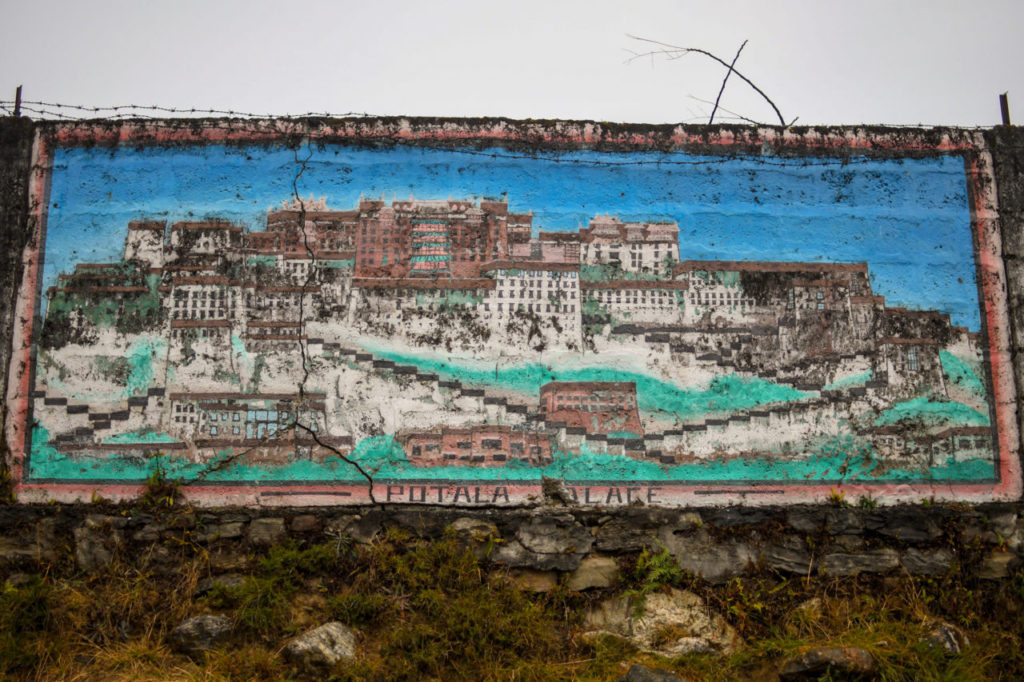
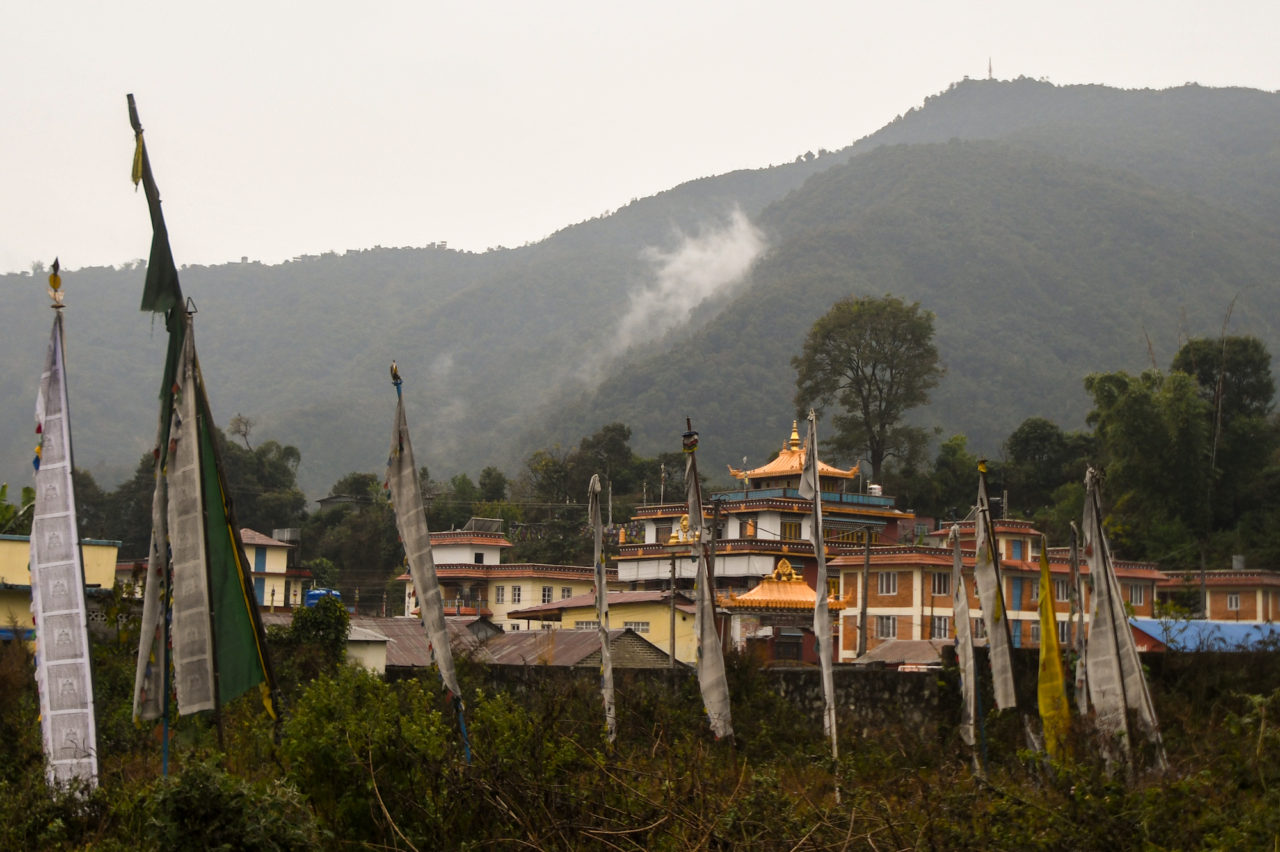
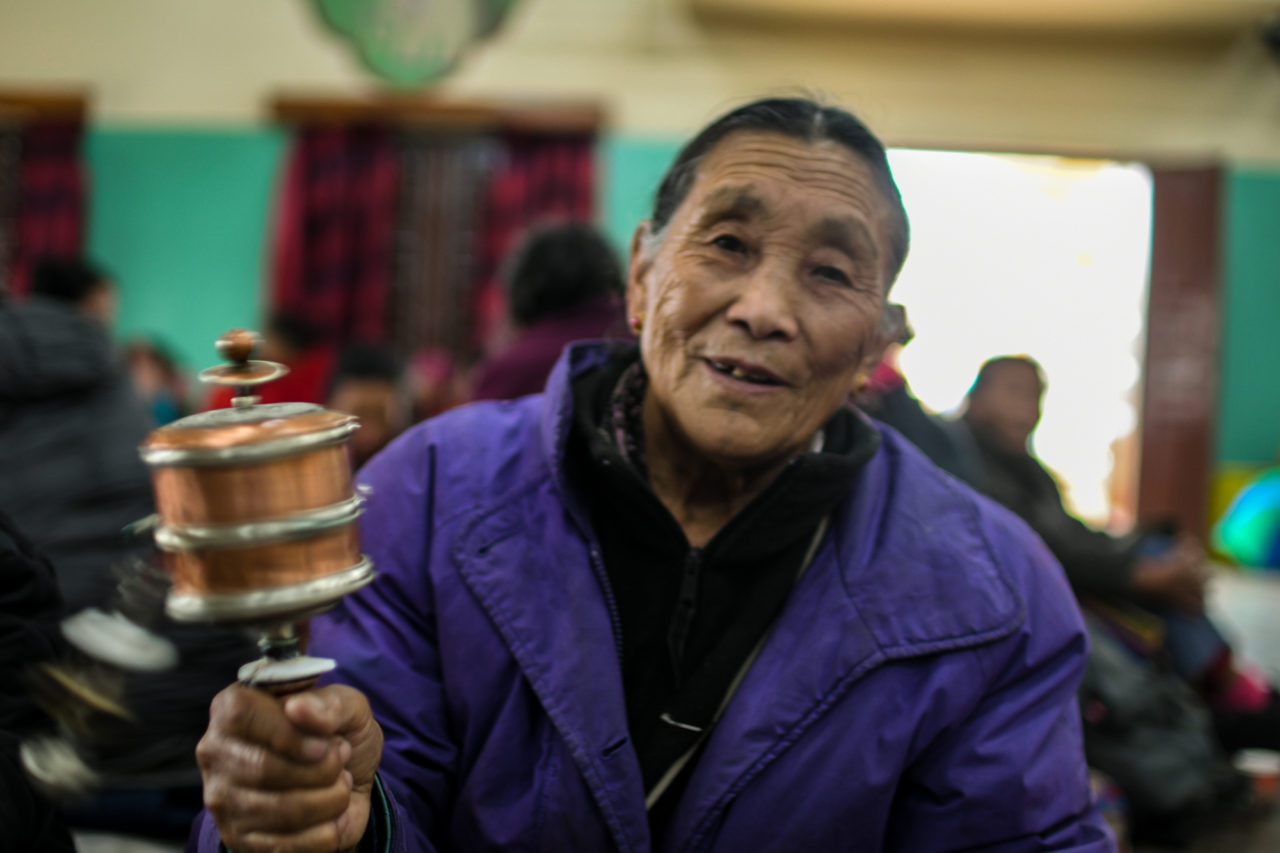
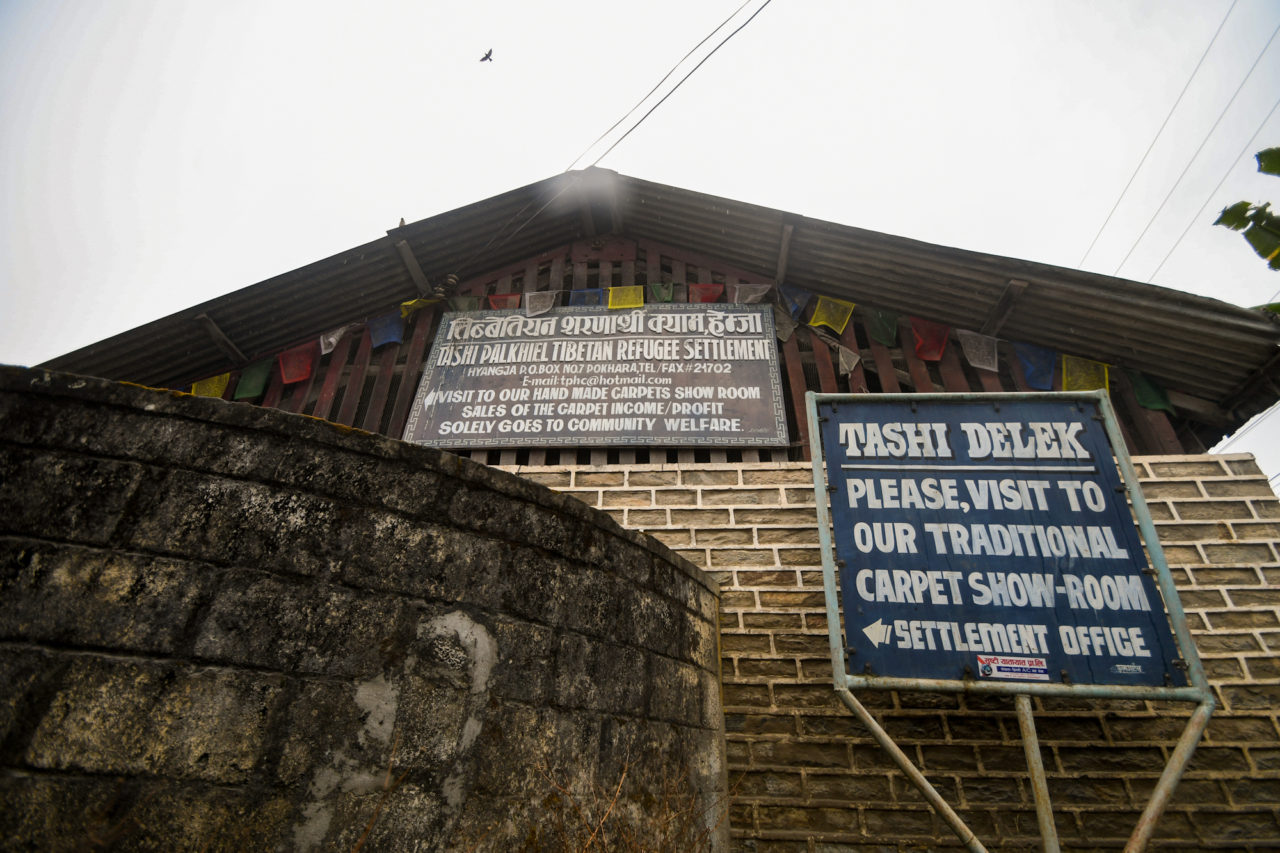
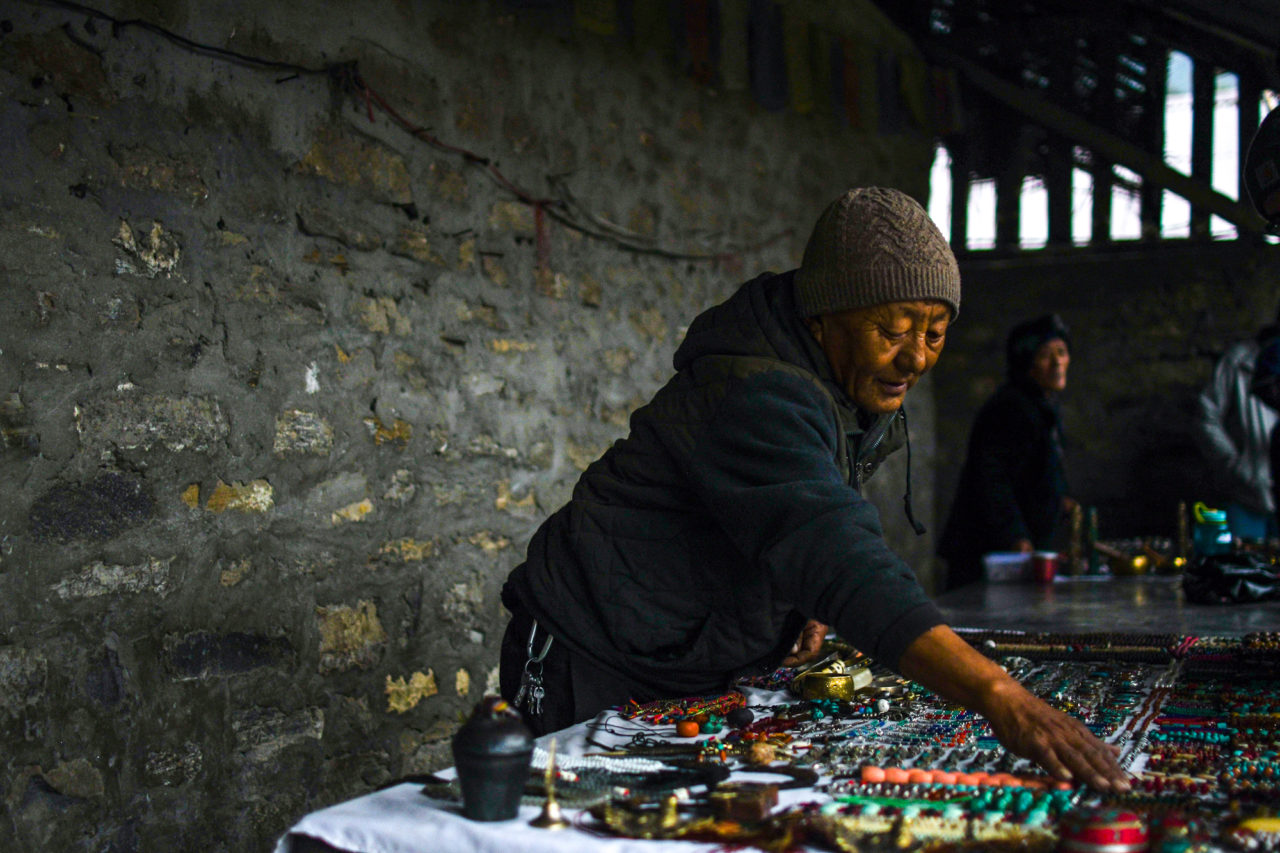
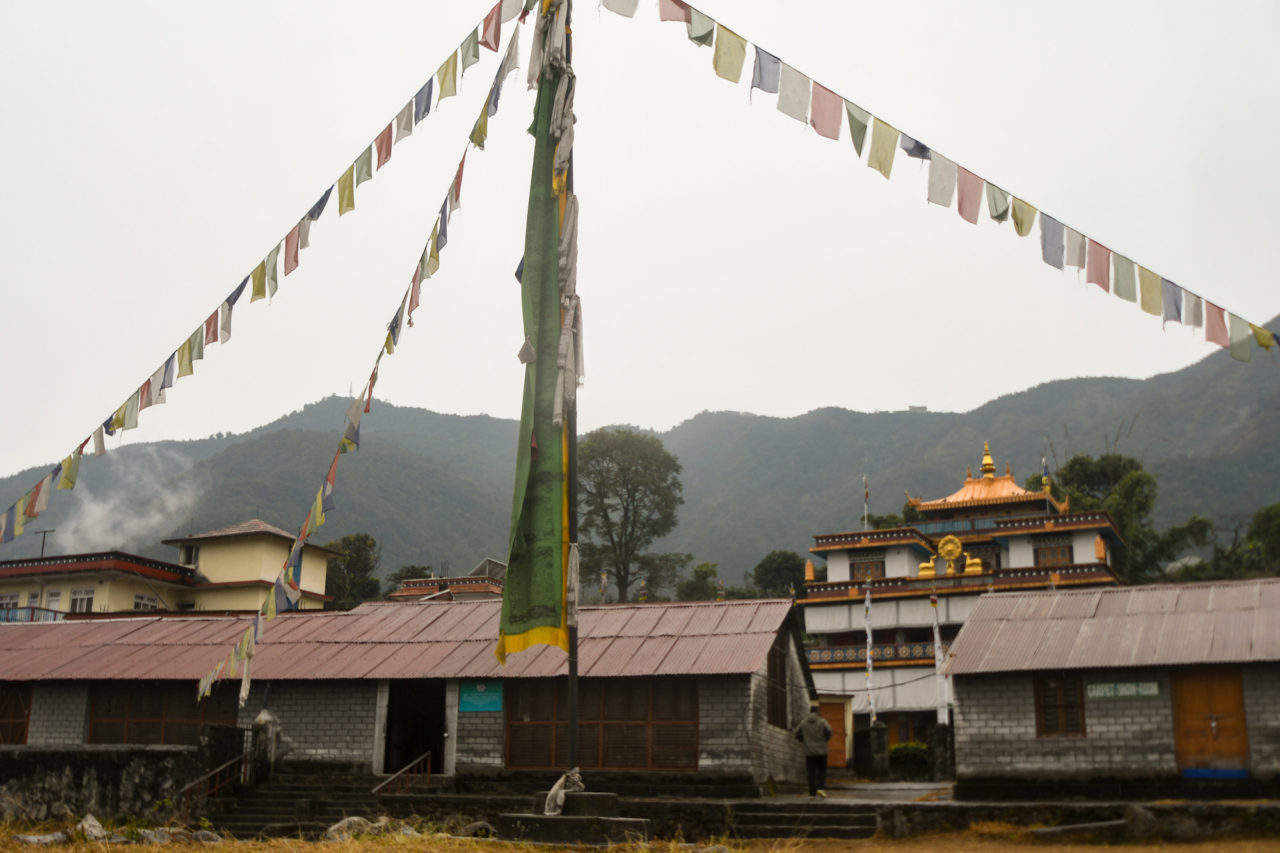
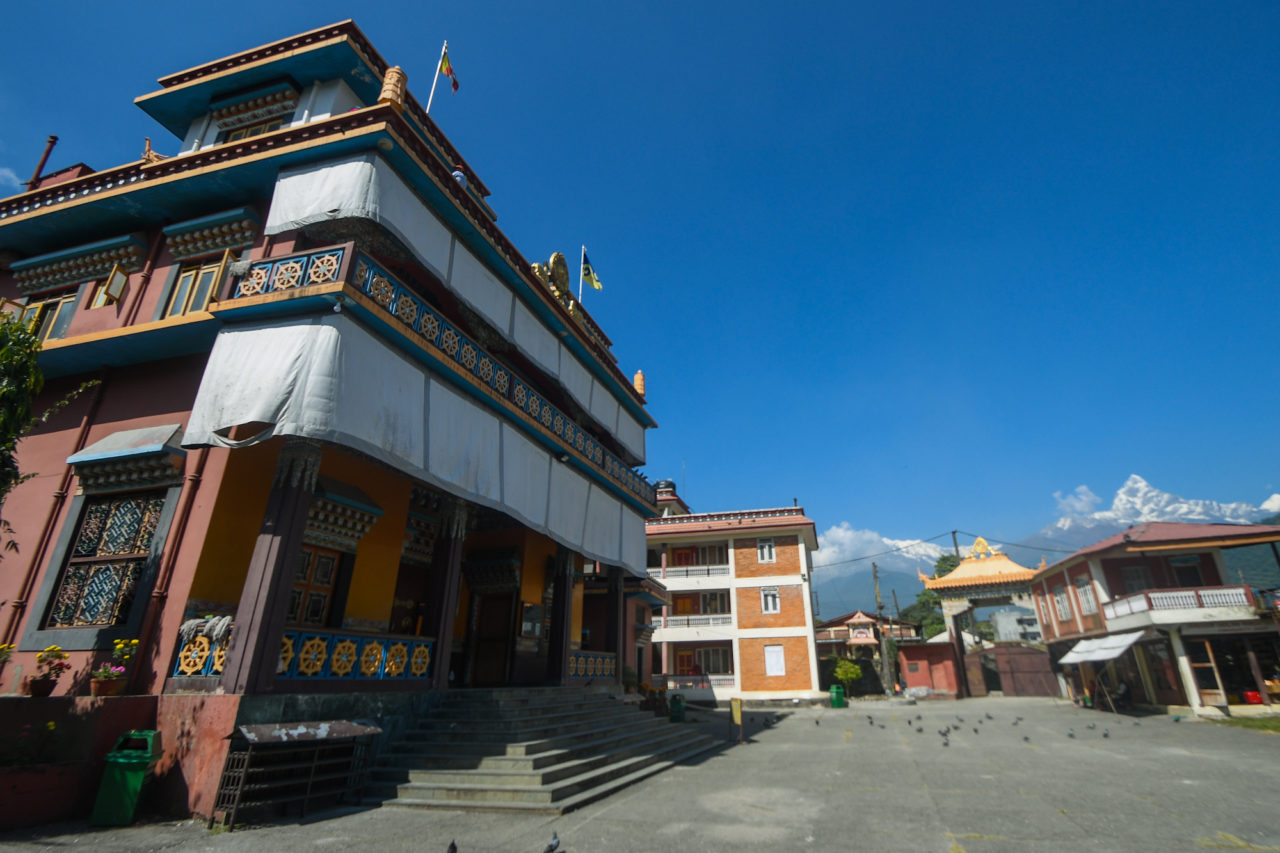
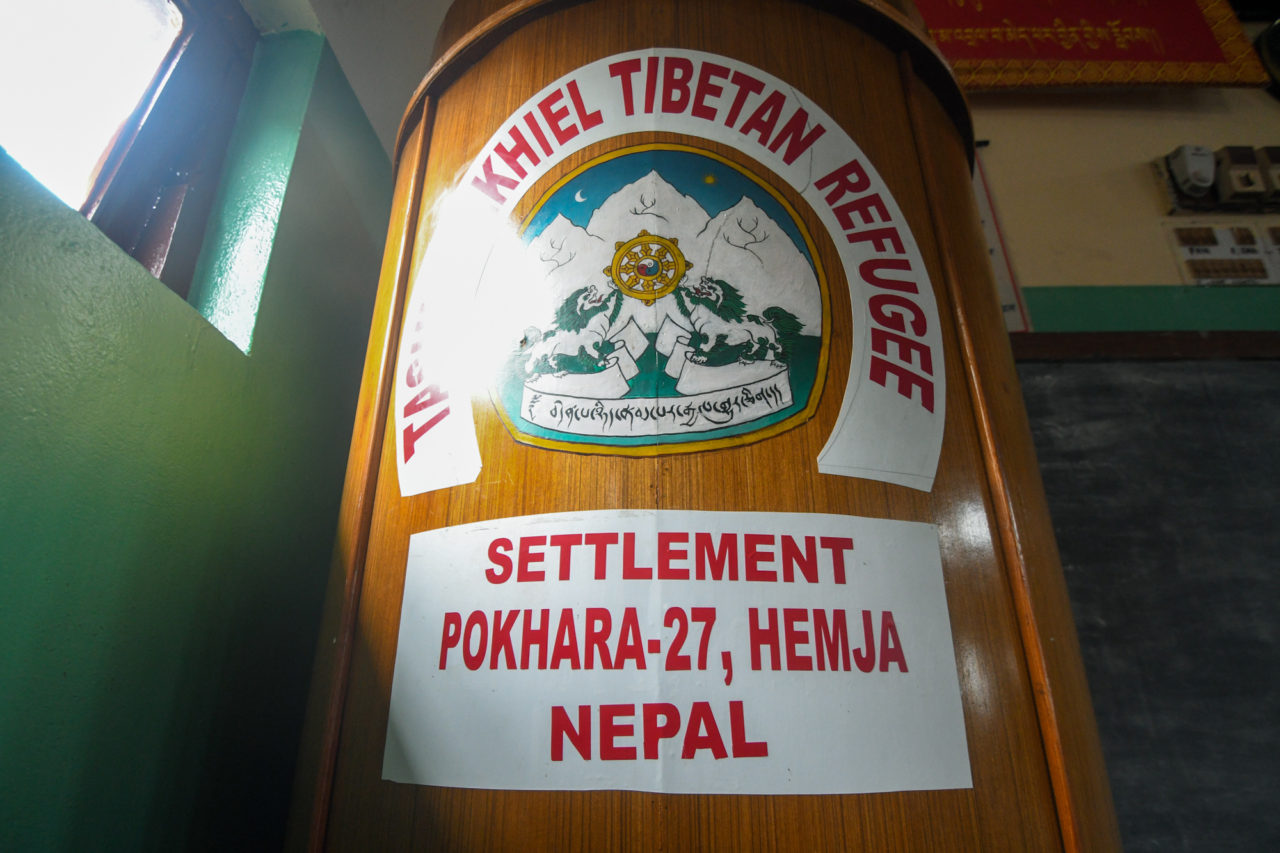
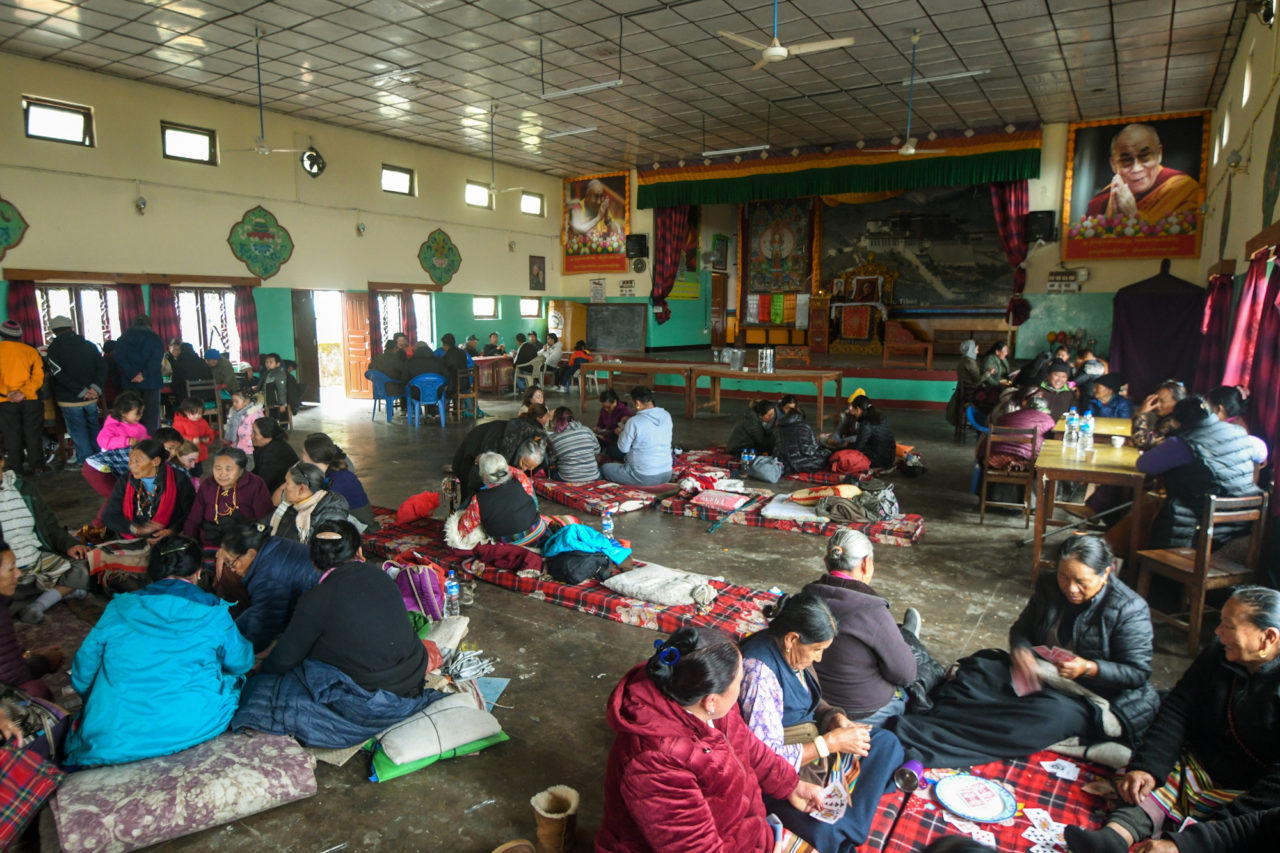
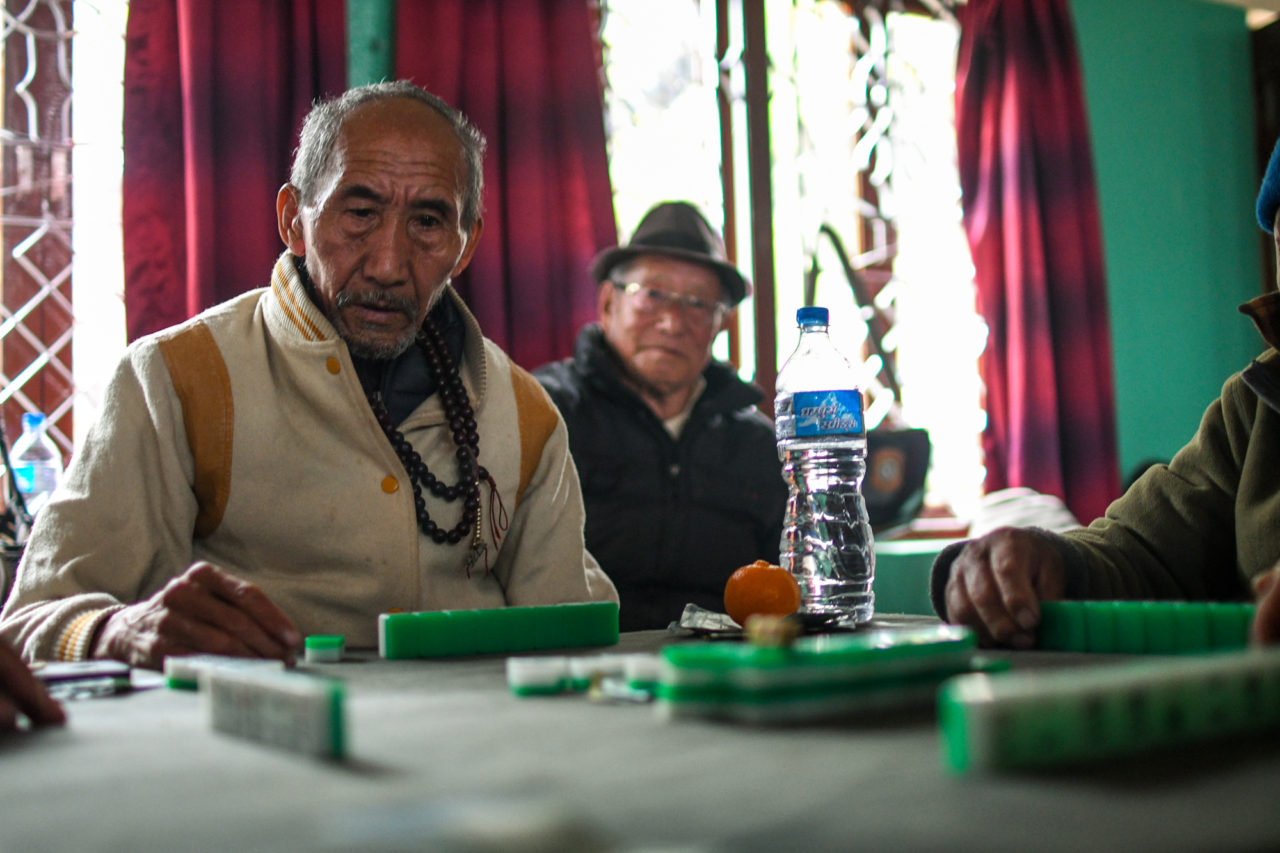
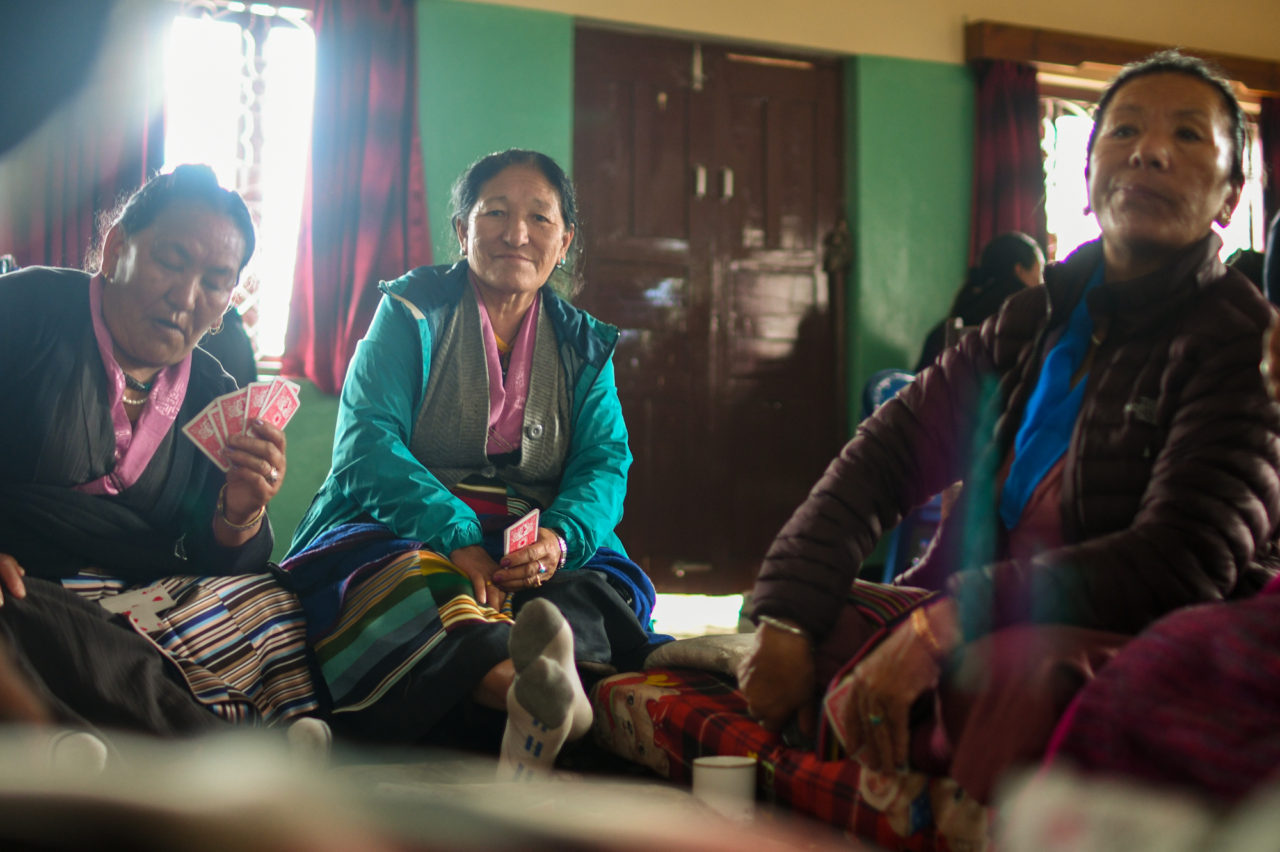
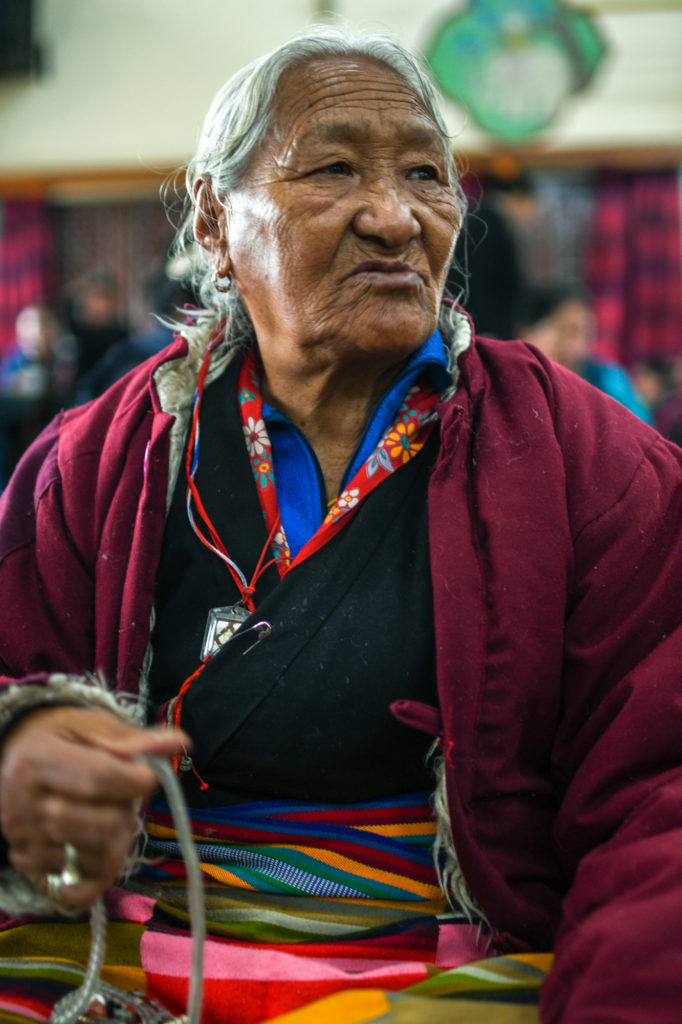

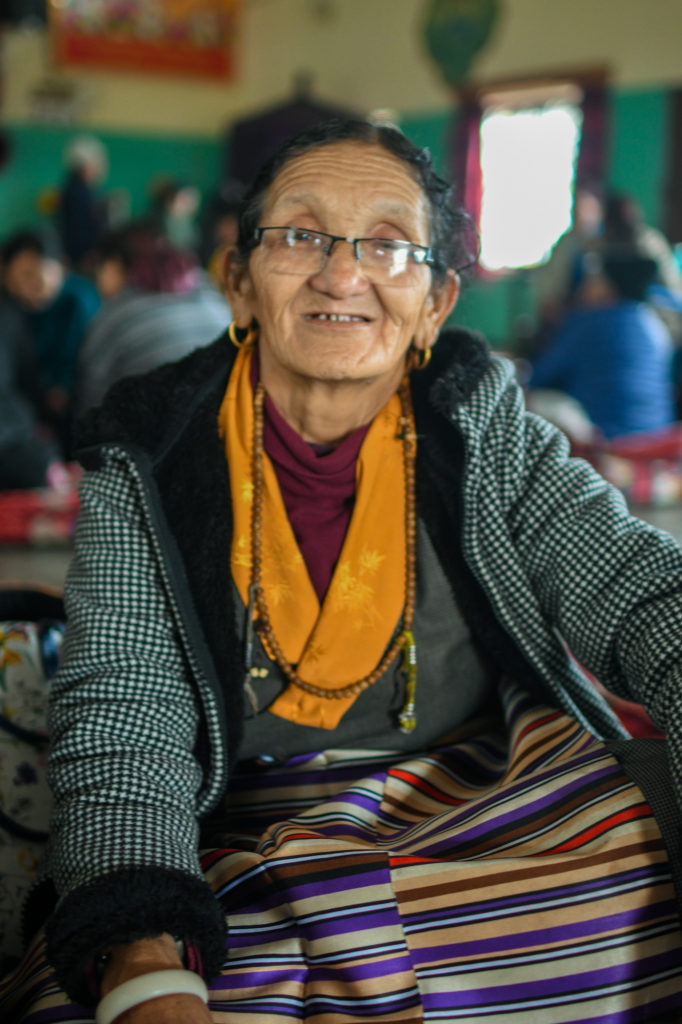
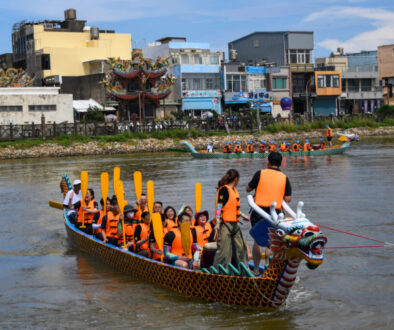
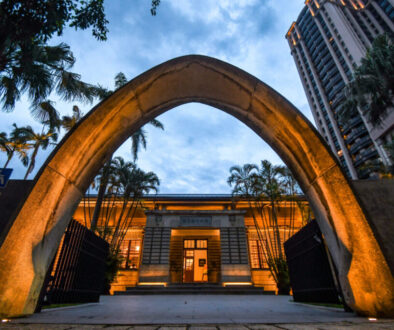
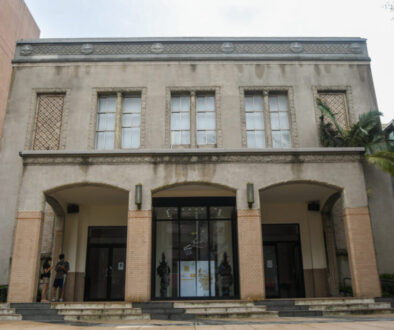


What To Do In Dulegauda, Pokhara - ORPHANED NATION
February 21, 2020 @ 3:31 pm
[…] Want to explore some of the Tibetan settlements in Pokhara? Check out Tashi Palkhel here! […]